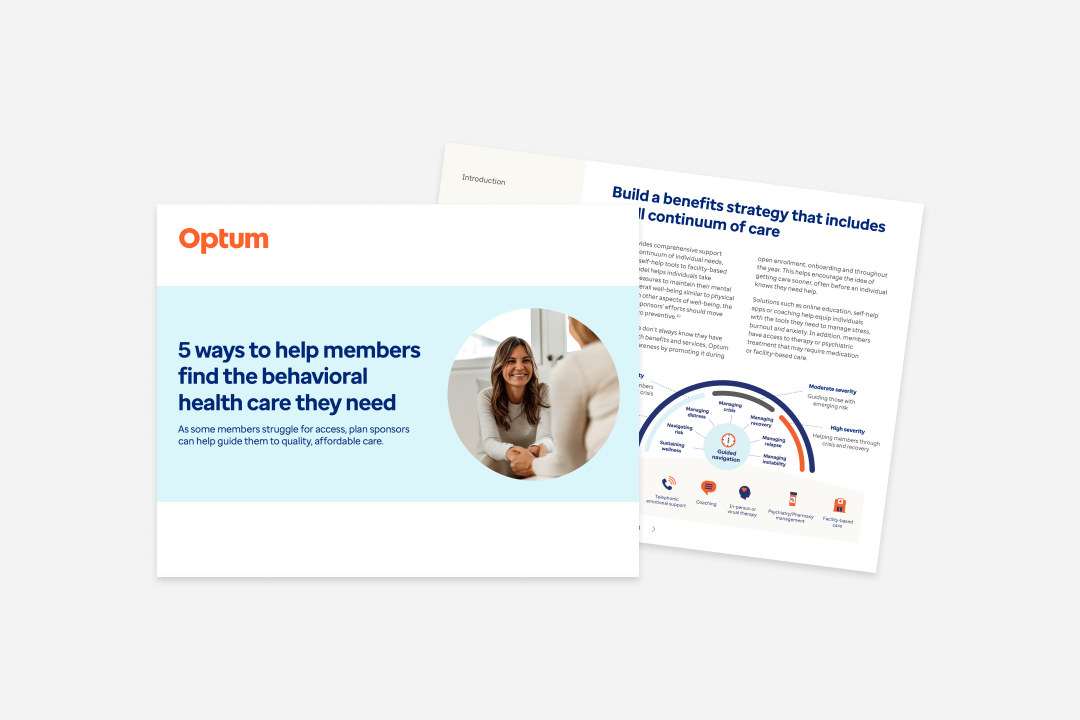When it comes to the cancer continuum, the statistics are grim
There’s no denying that cancer rates continue to be a concern: Every year, roughly 20 million people worldwide are diagnosed with cancer.1 Around 2 million2 of these annual cases occur in the United States, where, despite an overall reduction in cancer deaths in recent decades, diagnoses have ticked upward in the last year, particularly among younger adults.3 All told, Americans have about a 40% chance of developing cancer at some point in their lives.4
While these figures are certainly frightening, cancer researchers continue to unearth new breakthroughs at a rapid clip. Medical advances are accelerating thanks to a powerful confluence of technology, human ingenuity and major financial investment. Specifically, an improved understanding of how cancers grow and spread has begun to transform how the medical community prevents and treats this formidable disease. Today, the power of patients’ own immune systems can be harnessed to target many forms of cancer, introducing fresh options when conventional approaches fail.
This new pathway in the cancer care continuum is nothing short of revolutionary — and cause for continued optimism. But progress also introduces urgent new questions: How does the healthcare industry shoulder the tremendous cost of these new treatments? How do providers, payers, and patients stay up-to-date on rapid-fire cancer technology advancements that may change evidence-based treatment recommendations? And how can our society provide more integrated oncology care to deliver better outcomes while minimizing pain, frustration and financial waste?
To answer these questions and look ahead to the future of cancer treatment, we examined a few trends that are rapidly transforming oncology care.



![Understanding Students’ Mental Health Needs [Report]](/content/dam/o4-dam/images/consumers/care/college-student-mental-behavioral-health-1080x720.jpg)